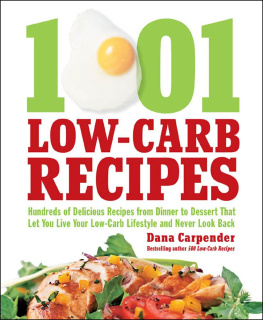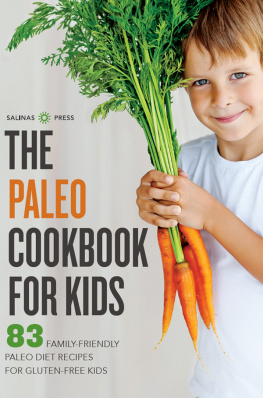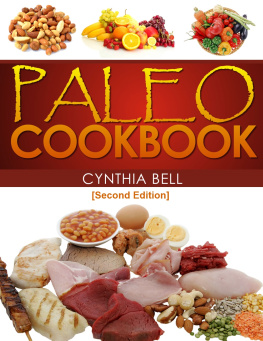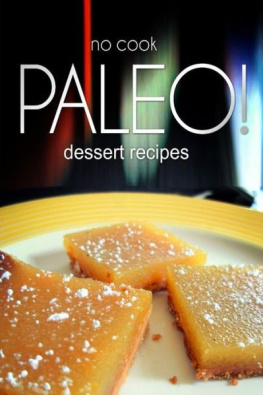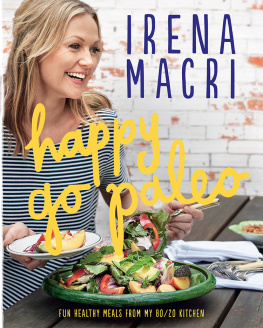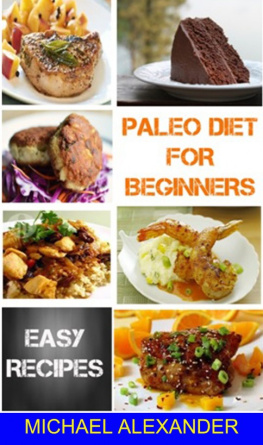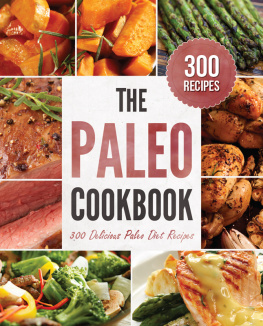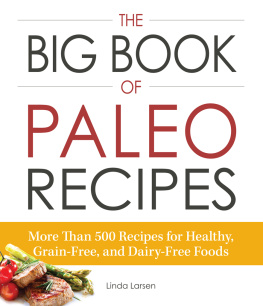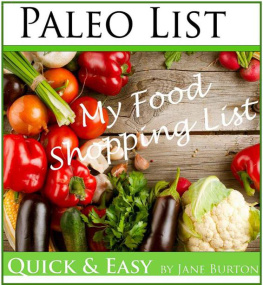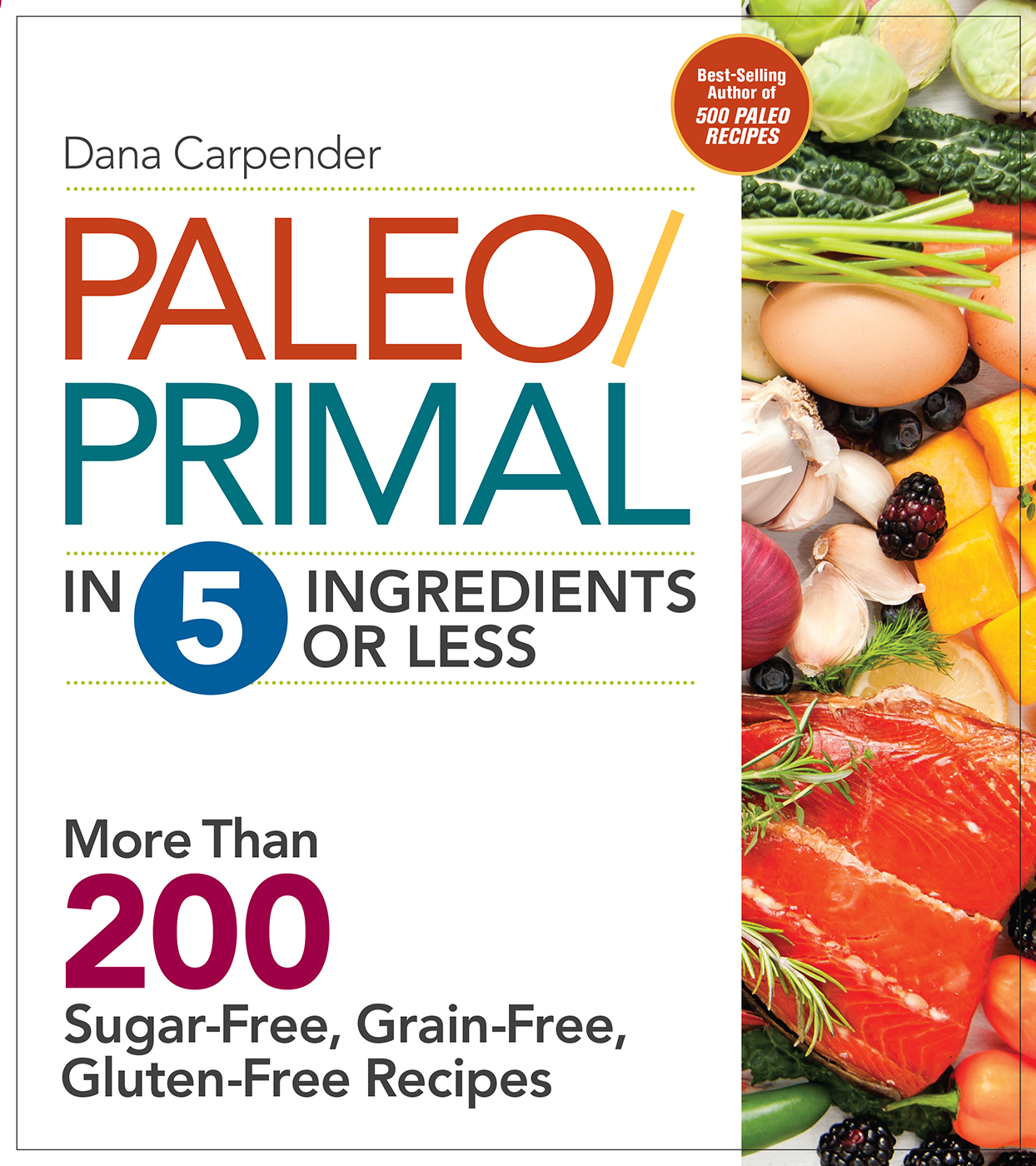
2015 Quarto Publishing Group USA Inc.
First published in the USA in 2015 by
Fair Winds Press, an imprint of
Quarto Publishing Group USA Inc.
100 Cummings Center, Suite 406-L
Beverly, MA 01915-6101
QuartoKnows.com
Visit our blogs at QuartoKnows.com.
All rights reserved. No part of this book may be reproduced or utilized, in any form or by any means, electronic or mechanical, without prior permission in writing from the publisher.
Digital edition published in 2015
Digital edition: 978-1-62788-757-1
Softcover edition: 978-1-59233-695-1
Library of Congress Cataloging-in-Publication data available.
Cover and book design by Laura H. Couallier, Laura Herrmann Design
The information in this book is for educational purposes only. It is not intended to replace the advice of a physician or medical practitioner. Please see your health care provider before beginning any new health program.
Dedication
For my dear friends and next door neighbors, Keith Johnson and Peter Bane, who are passionate teachers of sustainable agriculture. For Joel Salatin of Polyface Farm, showing the world what agriculture can and should be, and for my friend Tom Tlusty and his partners at the Garden Tower Project, helping people grow their own organic food without having to own extensive acreage. For all who have fought for their right to raise poultry in their suburban neighborhoods or to grow vegetables instead of grass in their front yards. Indeed, to all who are changing the world and human health by teaching others how we can feed ourselves far better, without destroying the planet or giving our fate and our health over to multinational corporations.
Contents
Guide
CHAPTER
Paleo, Simplified
The concept of Paleo is so very simple. Paleo is the notion that we are healthiest eating those foods on which the human body evolved, the foods that our ancestors ate for an estimated two to three million years before the Agricultural Revolution roughly 10,000 years ago.
It is incredible to think that something like 75 percent of the foods in the average American grocery store didnt exist as recently as the Civil War.
Grains and beans have been around for a while, of course. Many people like to blame their deleterious effects on genetic modification. In Wheat Belly, cardiologist William Davis, M.D., informed us of the alarming fact that, in wheat, simple hybridizationno gene splicing neededresults in novel genes, to the point where todays wheat is quite different, genetically, from that which our grandparents ate just a few decades ago.
Agriculture led humankind to quit following the herds and settle down, which led, in turn, to villages, specialization, and eventually civilization. Its hard to imagine how human history would have gone without it.
Agriculture was never, however, an unmixed blessing. Neolithic farmers were considerably shorter and weaker-boned than their hunter-gatherer forebears. Their teeth suffered, too, as they do to this day. Worse, womens pelvic outlets became smaller, making child-bearing both more painful and more dangerous. We have paid for architecture, art, and organization with our very bodies. It is interesting to contemplate how much of the history of medicine is a search for work-arounds for the problems caused by a sub-optimal diet.
It makes sense, then, that a move back in the direction of the diet that made our hunter-gatherer ancestors tall and strong would regain us some of that lost vitality.
Here is my assumption about you, dear reader: Youve figured out that you feel a whole lot better when you eschew grains, especially gluten grains, sugar, corn syrup, and cheap vegetable oils. Youve started eating cleanskipping chemical additives and buying organic when possibleadding more animal products, using traditional fats, and buying fresh, local, organic vegetables as much as possible. The farmers market is your new social scene.
One problem: The rest of your life is the same as it ever was. You probably have the same job, kids, chauffeuring duties, and chores. Because all of those things remain the same, I bet you also still have the same need to occasionally do a little exercise and the same need to get sufficient sleep. (Indeed, one of the least-Paleo things we do in the modern world is regularly staying up long after dark. Get some sleep.)
Your Paleo ancestors very likely devoted a large chunk of their time to hunting, gathering, and preparing food. Certainly as recently as 150 years ago, food preparation was nearly a full-time task for at least one, and often more than one, person per household. Yet very few families now have a member who can devote every day to food prep.
Also, theres a good chance youre not an enthusiastic or experienced cook. I have known from the beginning of my career that, unlike many cookbook authors, my audience is not made up largely of foodies, but rather of people who, until they realized the connection between what they were eating and their ill-health, had been living on macaroni and cheese dinners, carry-out pizza, cold cereal, and fast food like the rest of America.
In this chapter, Ill address common questions about the Paleo diet.
Which Foods Are Paleo or Primal?
These, to me, are the core principles of a Paleo diet.
No grains, beans, or potatoes, nor anything that must be cooked to be edible, especially no gluten and no soy
No refined or separated sugars
No polyunsaturated vegetable oils
These, which Kurt Harris of the Archevore blog calls Neolithic agents of disease are the donts. I like to add this one do:
Eat plenty of animal protein and animal fats. There is no such thing as a vegetarian Paleo diet.
It has been interesting to watch the spread of the Paleo movement. People have different ideas about what Paleo means, about which foods are and which are not Paleo. It is confusing for me professionally. With no clear definition, some of you will find Ive used ingredients you consider insufficiently Paleo, while others will find that I have eschewed ingredients that you find acceptable. Heck, some of you will find Ive done both. All I can do is explain my reasoning regarding what counts as Paleo and what does not: what I find most important and what I find less so.
Lets be clear on one thing: Virtually no one is eating a truly Paleolithic diet. Unless youre hunting and gathering local wild foods in season, you are eating differently than your Paleolithic ancestors did. There is nothing genuinely Paleo about eating coconut or lobster or avocados in the American Midwest, or lettuce in the winter, or drinking coffee most anywhere in the United States except possibly Hawaii.
Further, if you are in the United States, a gloriously interbred society, its unlikely that you are living in the same sort of biosphere that your Paleolithic ancestors did, wherever they may have come from. Many of you have roots in widely spread places, and we know that hunter-gatherer diets varied considerably from place to place and from season to season. I could go out my back door andwere I skilled enoughhunt white-tailed deer, squirrel, opossum, raccoon, and wild turkey. I could gather hickory nuts, acorns, burdock root, persimmons, fox grapes, choke cherries, and ground cherries. This would be a pretty Paleo menu, but not for my English and Dutch ancestors, and certainly not for their deepest ancestors, who cameas did we allfrom Africa, as the work of Paleoanthropologists Mary and Louis Leakey and their colleagues, and the discovery of Lucy, the oldest known human ancestor, in Ethiopia, have made plain.


